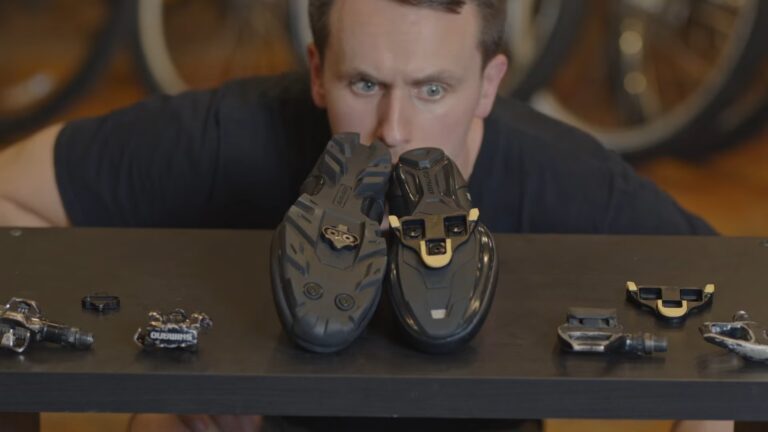SPD and SPD-SL are two of the most popular clipless pedal systems on the market. Both offer a secure connection between your shoe and pedal, making them ideal for road cycling and mountain biking.
SPD pedals were originally designed for mountain biking, and they offer a two-sided design that makes it easy to clip in and out. SPD-SL pedals, are designed for road cycling and feature a single-sided design. This can make them a little harder to clip in and out, but they offer a more efficient pedaling action.
Both SPD and SPD-SL pedals use a cleat that attaches to your cycling shoe. You can buy shoes that are compatible with both systems, or you can buy shoes that are specific to one system or the other.
SPD vs SPD-SL Pedals
The main difference between SPD vs SPD-SL pedals is that SPD pedals clench the cleats in two positions and are used for mountain biking while SPD-SL holds the cleats in three positions and is used for road biking. There are a few key differences between SPD and SPD-SL pedals.
First, SPD pedals have a smaller platform and are typically used with mountain bikes or other off-road vehicles. SPD-SL pedals, on the other hand, have a larger platform that is designed for road biking.
Another difference between the two types of pedals is the way they are clipped in. SPD pedals use a two-bolt cleat system, while SPD-SL pedals use a three-bolt cleat system. The three-bolt system is often seen as being more secure and stable, which is why it is commonly used by road cyclists.
SPD pedals tend to be less expensive than SPD-SL pedals. This is likely because they are not as popular and are not used as often in road cycling. However, they can still be a good option for those who are looking for a cheaper pedal option.
Why use SPD pedals?
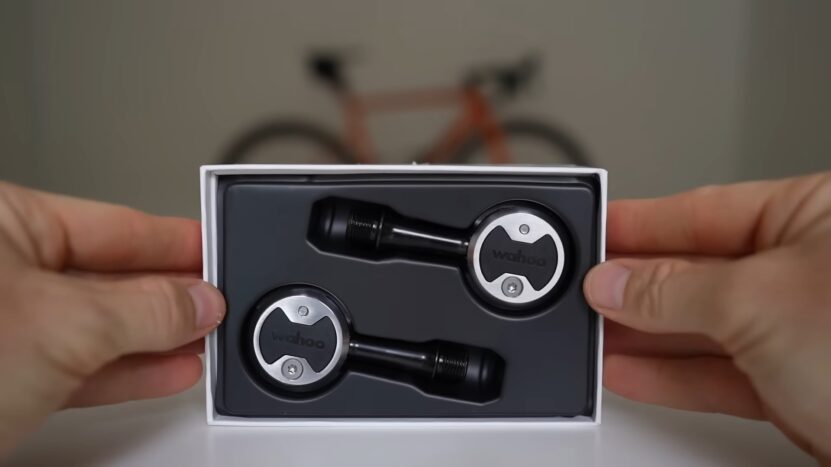
There are many reasons to use SPD pedals, but the main one is probably the increased efficiency they offer. SPD pedals help you to better transfer your energy into forward momentum, which can be a big advantage when cycling.
Another reason to use SPD pedals is that they offer a more comfortable ride. They do this by distributing your weight more evenly across the pedal, which helps to reduce pressure on your feet. This can be especially beneficial if you are cycling for long periods of time.
Finally, SPD pedals can offer improved traction and control when cycling. This is because they allow you to better connect with your bike, which can help you maintain a more stable riding position. This can be especially useful when cycling on rough or slippery surfaces.
Double-Sided Entry
Double-sided SPD pedals were the first type to be introduced, and they’re still the most popular type today. They’re easy to get in and out of, even when you’re wearing cleats, and they offer a secure connection between your shoe and the pedal.
The main downside of double-sided SPD pedals is that they can be difficult to clip into if you’re not used to them. When you’re first learning to ride with SPD pedals, it’s often easiest to start with single-sided pedals and then switch to double-sided pedals once you’re more comfortable.
Walk Able Cleats
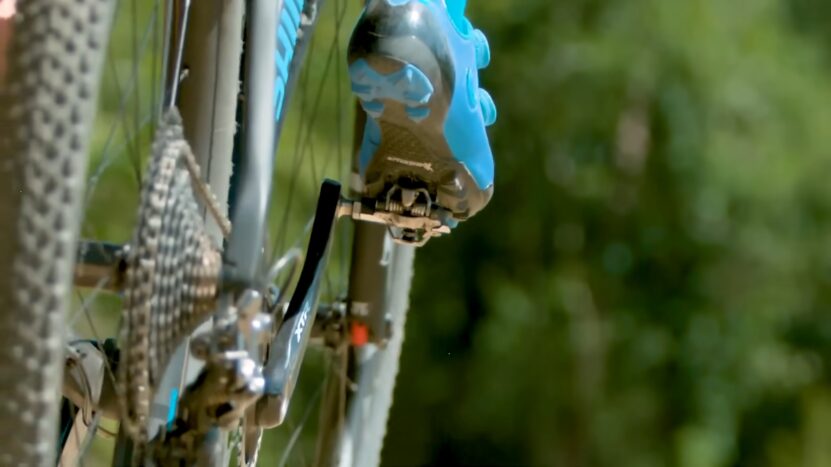
Most SPD pedals have a two-bolt cleat system, which is compatible with most shoes on the market. However, some newer models are now compatible with three-bolt cleats, which offer a more secure connection between the shoe and the pedal.
When choosing SPD pedals, it’s important to consider the type of riding you’ll be doing. If you’re primarily a road rider, you’ll want pedals that are lightweight and offer a large platform for maximum power transfer. Mountain bikers, on the other hand, will appreciate pedals with a bit more grip and traction for those technical sections.
SPD pedals are also available in a variety of materials, from aluminum to carbon fiber. As with anything, the more you spend, the lighter and stiffer the pedal will be.
Finally, make sure to choose a pedal that is compatible with the cleats on your shoes. Most pedals will work with either two-bolt or three-bolt cleats, but it’s always best to double-check before making your purchase.
Mud-Shedding
Mud-shedding is an important feature of mountain bike pedals. It helps to keep your feet dry and comfortable while riding in wet and muddy conditions.
There are two types of mud-shedding pedals: those with open designs and those with closed designs. Open designs allow mud and water to pass through the pedal body, while closed designs use sealed bearings and internal seals to keep mud and water out.
Mud-shedding pedals are available in both clipless and platform designs. Clipless pedals use a cleat system to attach your shoes to the pedal, while platform pedals have a large, flat surface for your foot to rest on. Some pedals are designed to work with both clipless and platform shoes, while others are not.
Why Use SPD-SL Pedals?
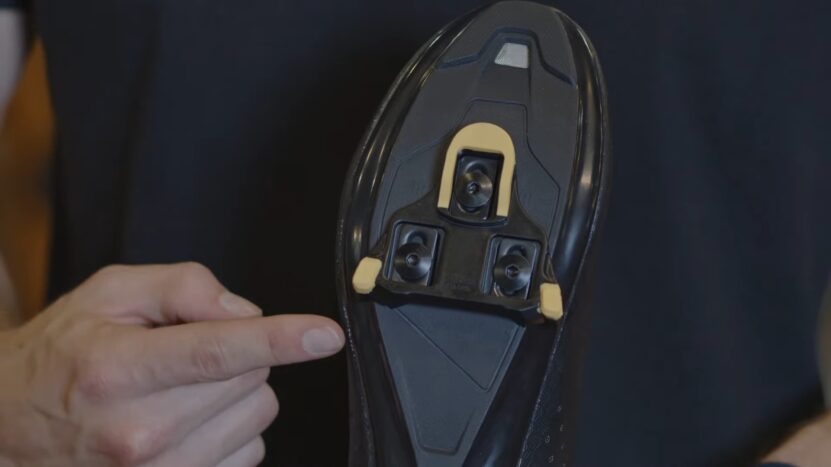
SPD-SL pedals are the choice of many professional cyclists and triathletes. They offer a wide range of benefits that make them ideal for high-performance riding.
- Firstly, SPD-SL pedals offer excellent power transfer thanks to their large surface area. This means that every watt of your energy goes into propelling you forward, making them ideal for racing.
- Secondly, SPD-SL pedals offer a very stable platform that is perfect for sprinting and riding out of the saddle. This stability also makes them ideal for cornering at high speeds.
- Lastly, SPD-SL pedals are very easy to get in and out of, even when you are riding at speed. This is thanks to their wide release angle, which makes them perfect for quick transitions during a race.
Bigger Pedal Platform
SPD-SL pedals have a larger pedal platform than SPD pedals. This is because they’re designed for road cycling, which generally requires more power and pedaling efficiency. The larger platform helps to distribute your weight more evenly, making it easier to transfer power to the pedals.
However, the larger size also makes them less suitable for mountain biking and other off-road activities. If you’re planning on doing any serious off-roading, we recommend sticking with SPD pedals. SPD-SL pedals are also generally more expensive than SPD pedals. This is because they’re made with higher-quality materials and construction, which results in a longer lifespan.
Single-Sided Entry
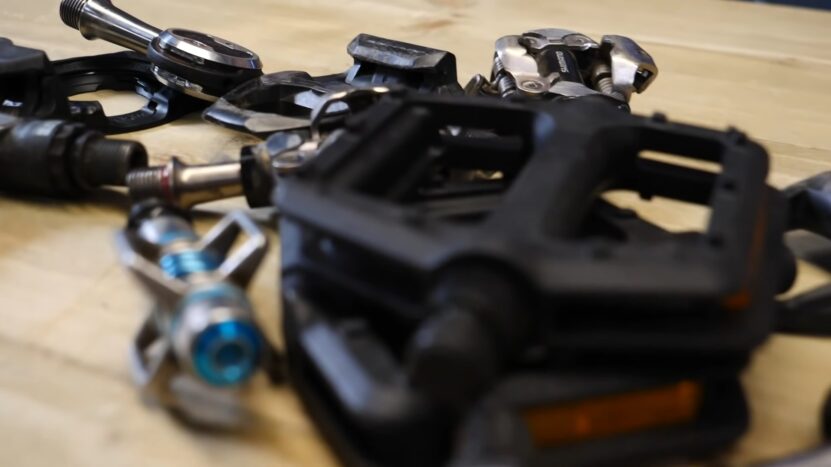
Single-sided entry SPD-SL pedals have a wide platform that offers great stability and power transfer. They’re popular with road cyclists because they allow you to keep your foot close to the pedal for maximum efficiency. Some models come with a built-in reflector for increased safety in low-light conditions.
SPD-SL pedals are also known as eggbeater pedals because of their unique four-sided design. This design gives you a secure connection to the pedal, even when riding on rough terrain. The eggbeater design also makes it easy to release your foot from the pedal, which is helpful when you need to make a quick stop.
Adjust Ability
The spd-sl pedals feature an adjustable toe-in that allows you to customize the amount of float to your preference. You can also adjust the tension on the pedal without having to remove the shoe, making it easy to fine-tune the feel of the pedal. In addition, the spd-sl pedals offer a wider platform than traditional pedals, giving you more support and stability when riding.
When it comes to SPD-SL pedals, there are two main types: those with a fixed position, and those with an adjustable float. If you’re looking for the latter, then you’ll want to make sure that your pedals have an adjustment range of at least 3 degrees. This will ensure that you can find the perfect setting for your riding style and that you won’t have to worry about your pedals slipping out of place.
If you’re not sure which type of SPD-SL pedal is right for you, then it’s worth noting that the adjustable float pedals tend to be more popular with road cyclists. This is because they offer greater levels of comfort and stability, which is essential for long rides. However, if you’re looking for a pedal that you can use for both road and mountain biking, then a fixed-position pedal will suffice.
SPD Pedals Pros and Cons
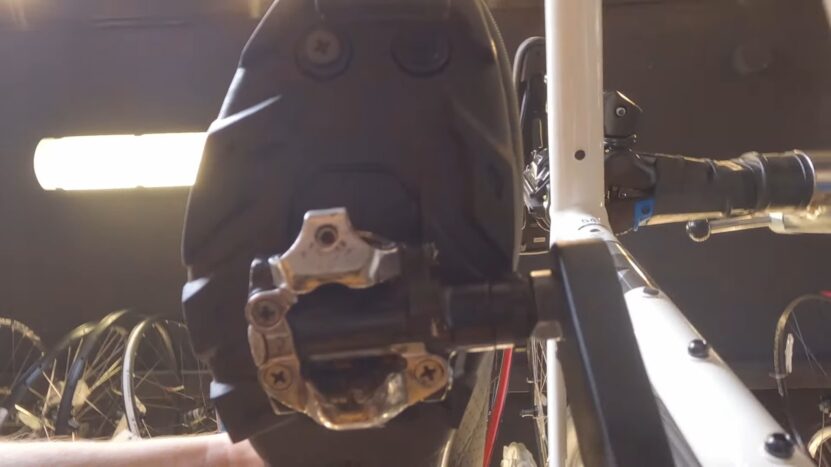
However, there are also some drawbacks to using SPD pedals. One of the biggest is that they can be difficult to clip into, especially if you’re not used to them. Additionally, they don’t offer as much float as some other pedal designs, which means your feet can sometimes feel uncomfortable or even sore after long rides. Overall, SPD pedals are a great choice for many riders, but they might not be the best option for everyone.
SPD-SL Pedals Pros and Cons
SPD-SL pedals are also available in different sizes. Some riders prefer smaller pedals because they offer more control and a better connection to the bike. Others prefer larger pedals because they offer more support and stability.
Some of the pros and cons of SPD-SL pedals are as follows:
Pros:
- More stable and powerful than other pedals
- Available in different sizes to suit different riders
- Can be used with cleats or without an adapter
- More control and a better connection to the bike
Cons:
- Some riders find them uncomfortable
- Not as adjustable as float pedals
- Can be difficult to clip in and out of if you’re not used to them.
Which is Easier SPD or SPD-SL?
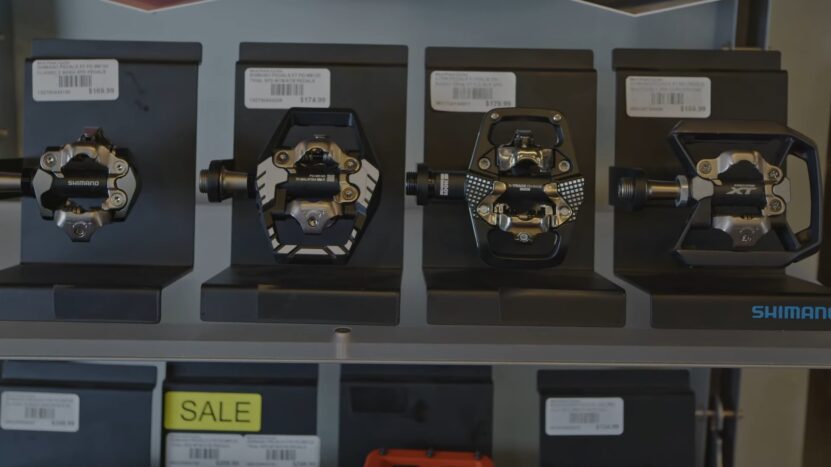
There are a few factors to consider when trying to decide which type of pedal is easier to use – SPD or SPD-SL. One factor is the cleat design. SPD pedals have a two-bolt cleat design, while SPD-SL pedals have a three-bolt cleat design. This can make it easier to clip in and out of SPD pedals since you don’t have to line up the cleats as precisely.
Another factor to consider is the float. SPD pedals have a bit more float than SPD-SL pedals, which some people find makes them easier to use. Float is the amount of side-to-side movement that your foot can make while still being clipped in.
Finally, consider the pedal platform. SPD pedals have a smaller platform, which can make them easier to use if you have small feet. If you have large feet, or if you like to feel more connected to your bike, then SPD-SL pedals might be a better choice.
Do SPD-SL Cleats Work With SPD Pedals?
No, SPD-SL cleats will not work with SPD pedals. You’ll need to use SPD cleats with SPD pedals, or SPD-SL cleats with SPD-SL pedals. SPD-SL cleats are usually shorter and sit higher on the shoe, so they can offer better power transfer. They can also be difficult to walk in because they’re designed for road cycling shoes which have stiff soles.
If you want to use SPD-SL cleats with your SPD pedals, you’ll need an adapter. There are a few different types of adapters, so make sure to get the right one for your pedals. Once you have the adapter, you’ll need to adjust the cleat position on your shoe so that it lines up with the pedal. This can be tricky, so it’s best to consult a bike shop or an experienced cyclist for help.

